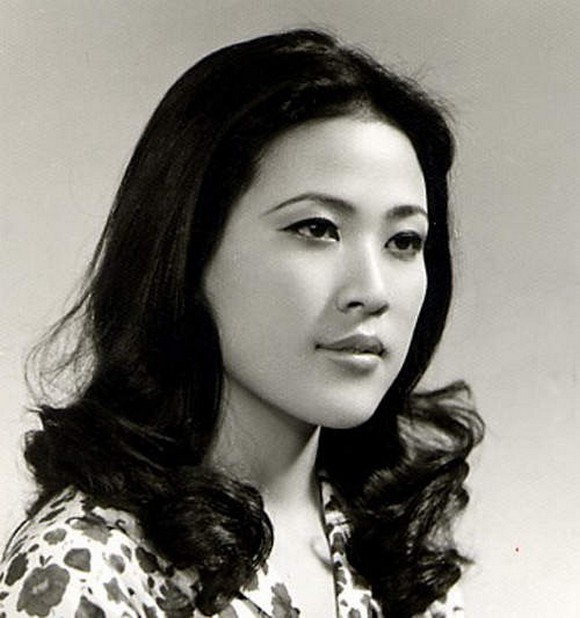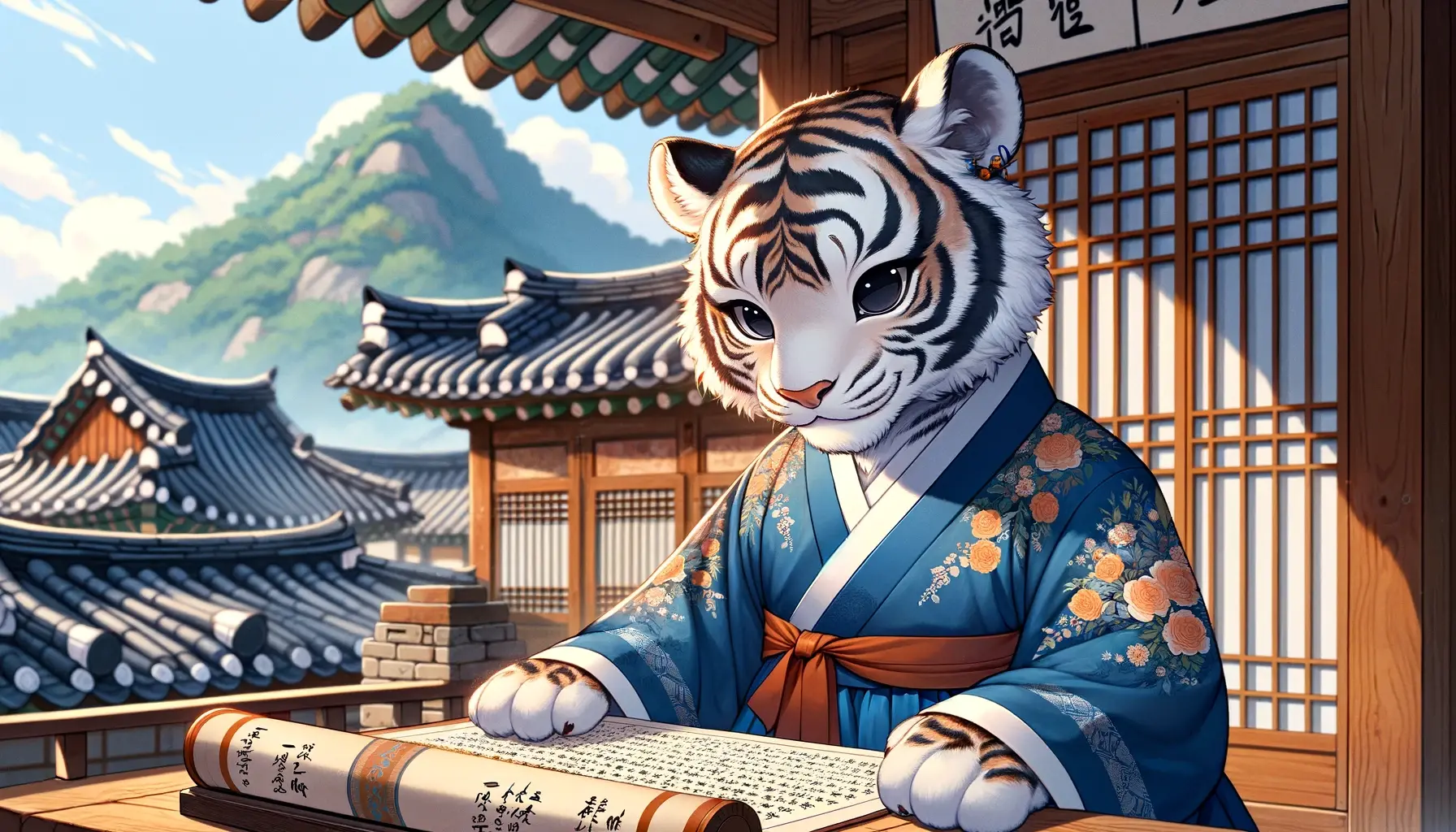The First Miss Korea Pageant: A Historical Look Back at 1931

In 1931, the popular magazine 삼천리 (Samcheolli) launched Korea's first-ever 'Miss Korea' beauty pageant, inviting women over the age of 18 to submit photographs for consideration. The competition did not discriminate based on marital status, welcoming single women, married women, and even those with noble titles, while excluding courtesans and entertainers. Although the prize amount was not disclosed, it was mentioned that winners would receive monetary rewards. This event marked a significant cultural moment in Korea, occurring 94 years ago in May 1931.
The announcement was made in the magazine, which was published by Kim Dong-hwan (김동환). The call for entries emphasized the search for a woman who embodied 'elegance, beauty, and a modern spirit,' reflecting the growing interest in Western beauty standards during the 1920s. Articles about Western beauty contests, such as the Miss America pageant, had been featured in newspapers, showcasing the allure of modern beauty ideals.
The magazine's campaign to find a representative beauty of Korea was vibrant and colorful, with slogans like 'Let’s find a woman who represents the entire peninsula!' The competition was part of 삼천리’s third-anniversary celebrations, aiming to discover a modern woman who possessed both beauty and intelligence.
The judging panel included notable figures such as writers 이광수 (Lee Kwang-soo), 염상섭 (Yeom Sang-seop), and 나혜석 (Na Hye-suk), as well as artists and dancers, creating a prestigious lineup. The total prize pool was announced to be 100 won, with 10 won for the first place, 5 won for four second-place winners, and 2 won for thirty-five third-place winners. The deadline for submissions was extended to September 15, indicating a strong interest in the competition.
The title of the first Miss Korea was awarded to 18-year-old 최정원 (Choi Jeong-won), an intelligent young woman from Daejeon who was a student at a girls' high school. She was known for her traditional beauty, often seen in a hanbok (한복). After winning, she married writer 이갑기 (Lee Gap-ki) and published a novel titled 'Nakdong River' before moving to North Korea with her husband after the Korean War.
Another notable contestant, 박부봉 (Park Bu-bong), was recognized for her modern attire, although most winners wore traditional hanbok. The competition also inspired other beauty contests, such as the 'Miss Joseon' pageant organized by the Osaka Mainichi Shimbun, which encouraged voting among readers to select their representative beauty.
The Miss Korea and Miss Joseon contests were primarily judged through photographs rather than live appearances, reflecting the conservative societal norms of the time that made public gatherings of young women challenging. These early beauty contests sparked discussions about the commercialization of women and the evolving image of femininity in Korea, paving the way for future beauty pageants and the emergence of modern female icons in entertainment.
What do you think?
0 reactions





